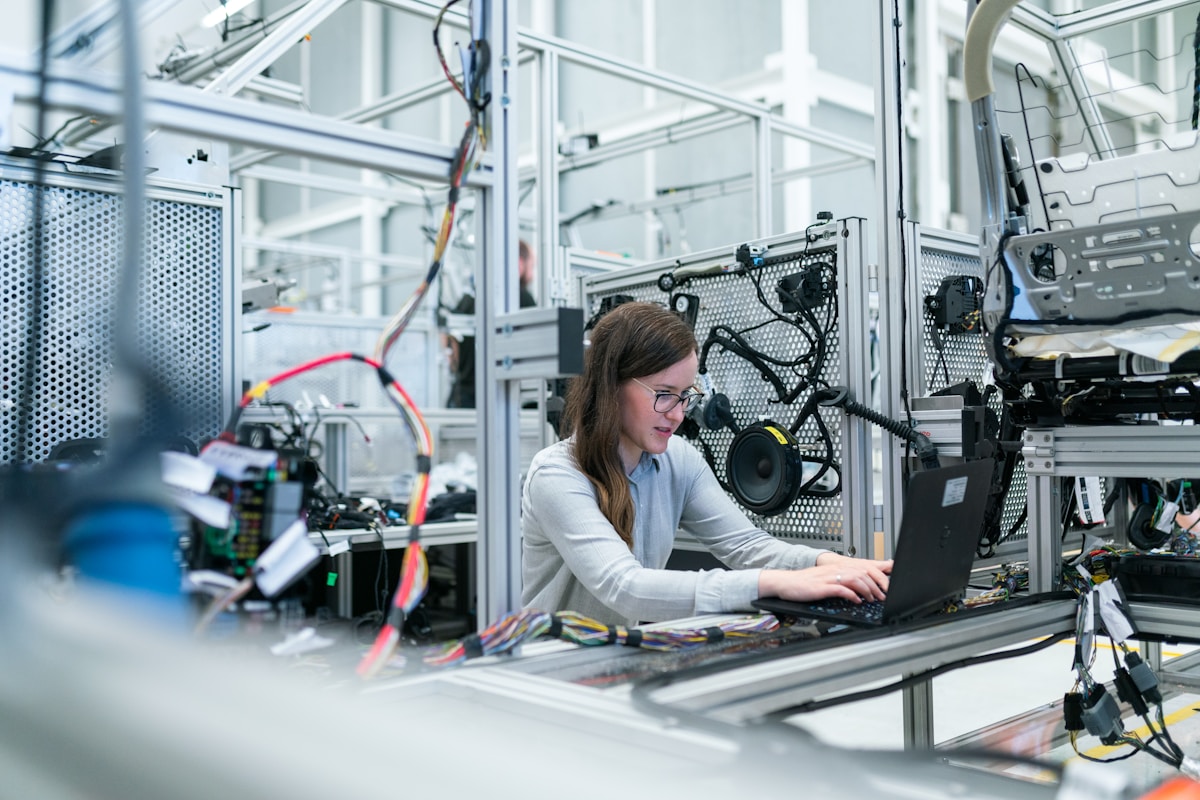
Advanced manufacturing facility showcasing modern industrial automation
2026 China Manufacturing Tariffs: What Importers Need to Know
Comprehensive guide to the latest tariff changes affecting Chinese manufacturing imports and how to navigate the new regulations.

The landscape of international trade continues to evolve, and 2026 brings significant changes to tariffs affecting Chinese manufacturing imports. Understanding these changes is crucial for businesses looking to maintain competitive pricing and ensure compliance with international trade regulations.
Key Changes in 2026
The United States, European Union, and other major economies have implemented new tariff structures that specifically target certain categories of Chinese manufactured goods. These changes are designed to address trade imbalances while protecting domestic industries and promoting supply chain diversification.
Electronics and Technology
Electronics manufacturing, particularly semiconductors, AI hardware, and consumer electronics, now face increased tariffs ranging from 18% to 30%. This affects everything from smartphones and laptops to industrial automation equipment and electric vehicle components.
Textiles and Apparel
The textile industry sees moderate increases, with tariffs on finished garments rising to 15% and raw materials to 10%. This impacts both fast fashion and luxury goods sectors, with sustainable materials receiving preferential treatment.
Automotive and EV Components
Electric vehicle batteries and components face new tariffs of 20-25%, reflecting the global push for domestic EV manufacturing. Traditional automotive parts see increases from 8% to 12%.
Impact on Manufacturing Costs
These tariff changes are expected to increase manufacturing costs by approximately 12-20% across most sectors. However, the impact varies significantly depending on the specific product category and the manufacturer's location within China. Advanced manufacturing and high-tech sectors are particularly affected.
Pro Tip: Consider working with manufacturers in China's free trade zones and special economic zones, which may offer reduced tariff rates for certain products. Also explore partnerships with manufacturers in Southeast Asian countries that have preferential trade agreements.
Strategies for Mitigation
Smart importers are adopting several strategies to minimize the impact of these tariff increases:
- Diversifying supplier bases across multiple countries and regions
- Negotiating bulk purchase agreements and long-term contracts to offset increased costs
- Exploring free trade agreement benefits and regional trade partnerships
- Implementing just-in-time inventory management and demand forecasting
- Investing in automation and digital supply chain technologies
- Exploring nearshoring opportunities in Mexico, Eastern Europe, and Southeast Asia
Looking Ahead to 2026 and Beyond
Industry experts predict that these tariff structures will remain in place and potentially intensify through 2026 and beyond, making it essential for businesses to adapt their sourcing strategies accordingly. The key to success lies in building strong relationships with reliable manufacturers, implementing digital transformation initiatives, and staying informed about regulatory changes. Companies that adapt quickly will gain competitive advantages in the evolving global manufacturing landscape.
Need Help Navigating These Changes?
Our team of experts can help you find the right manufacturers and optimize your sourcing strategy.